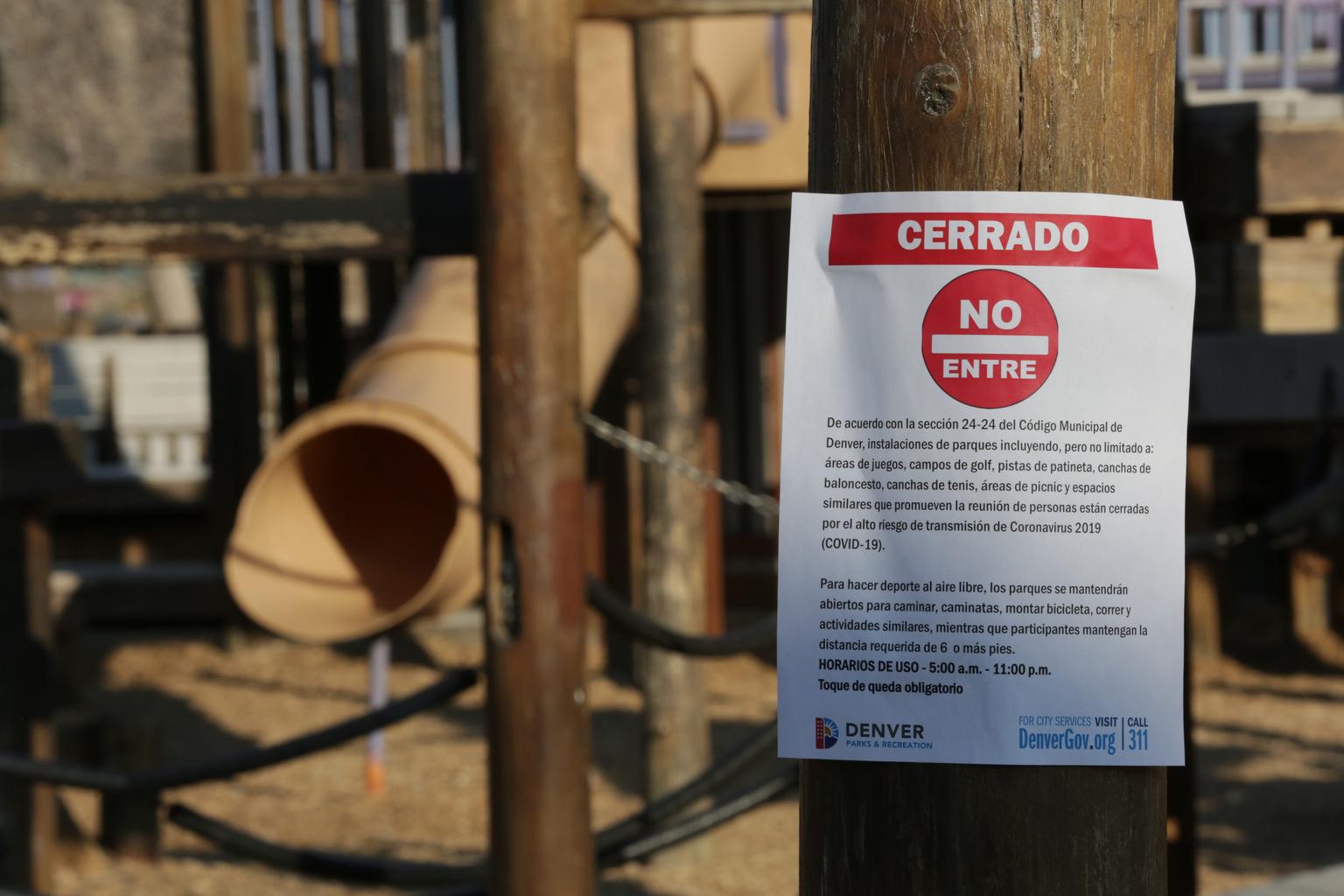
Anyone who is nearing the end of their second week in homebound social isolation probably wants to know just one thing out of Gov. Jared Polis’s data-heavy press conference on Friday:
When will this be over?
The short answer is that — if there is widespread compliance — Coloradans should begin to see the effects of the latest “stay at home” order as soon as April 7, Polis said. That doesn’t mean that will be the end of the crisis, or that lives will return to normal on that date.
But in an optimistic scenario, assuming people stay away from each other and sick people stay in quarantine, the spread of the virus can be reduced.
And by June 1, Coloradans should know whether the healthcare system will be able to handle the surge of patients.
Even in the last few days, Polis theorized that new numbers of known cases have been smaller than they would’ve been if Colorado hadn’t started mandating certain amounts of social distancing. That began on March 13 when Polis issued guidance to limit gatherings over 250 people.
In general, Polis’ office estimates it takes 12-15 days to see the results of each social distancing measure. But that depends on how compliant the public is, Polis argued Friday. And it all starts with the R naught.
After introducing the state to that term, a mathematical expression of the contagious power of a virus expressed as R0, Polis used it to defend his use of executive orders to keep Coloradans apart and slow the spread of the virus. The R0 value depends on the properties of the virus itself — if it spreads through a cough, or can be transferred on surfaces, for example — but it also depends on people’s behavior.
Colorado doctors estimate that the R0 value for the coronavirus here in the state has been between three and four. That means each person infected spreads the virus to between three and four new people, and each of those new people can spread it to between three and four people, and so on.
For purposes of his presentation Friday, Polis assumed an R0 of 3, or R03. That assumes that first person infected three people, they infected nine, they infected 27, and they infected 81, and on and on.
If that infection number can be kept at R03, according to Polis’ presentation, and Coloradans comply with the stay-at-home order, the state estimates 400 people will die by June 1 due to COVID-19.
If that R number grows to R04, perhaps because Coloradans comply with social distancing only on a limited basis, the number of predicted deaths grows dramatically. In that scenario, the state estimates 33,200 deaths from COVID-19 by June 1.








